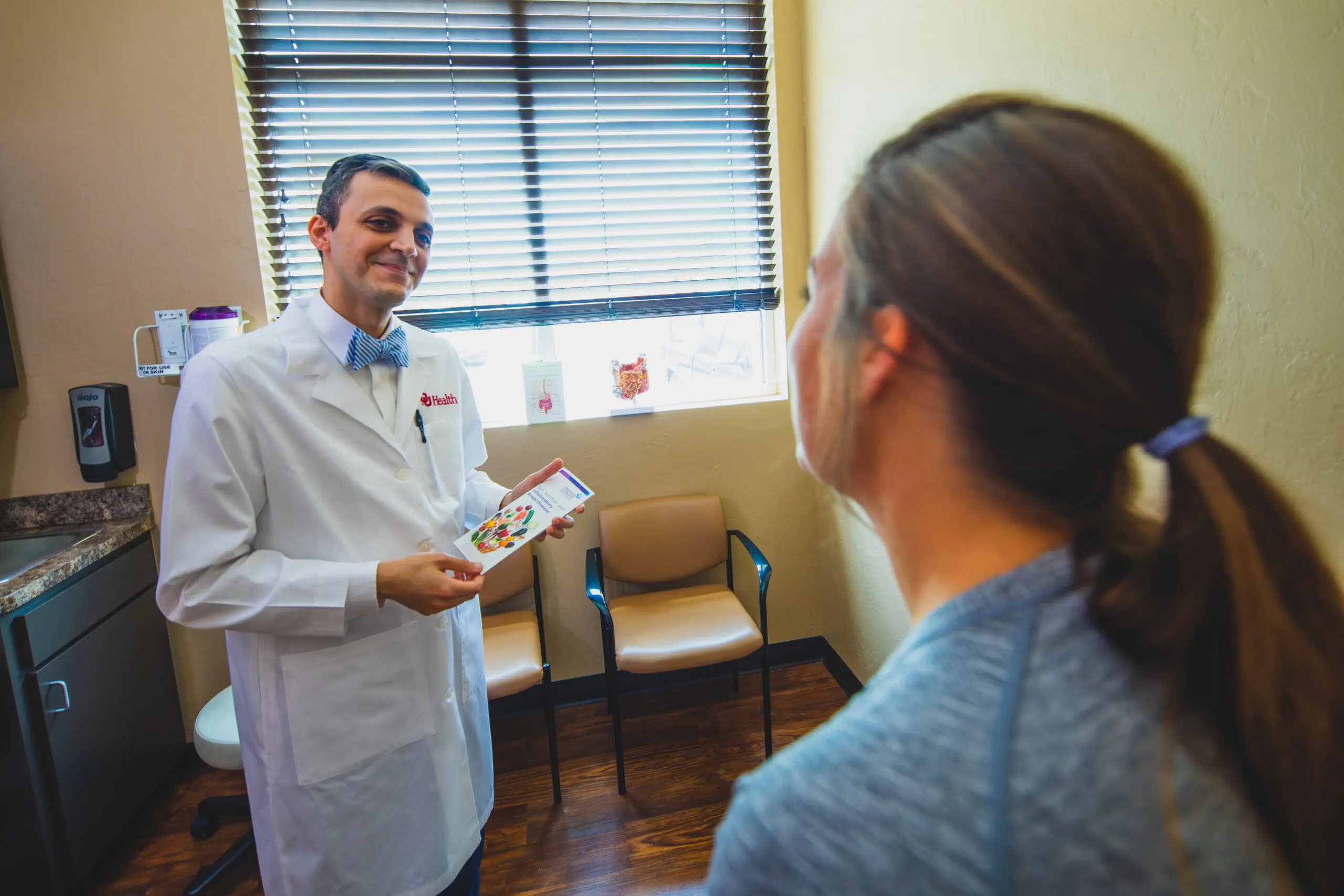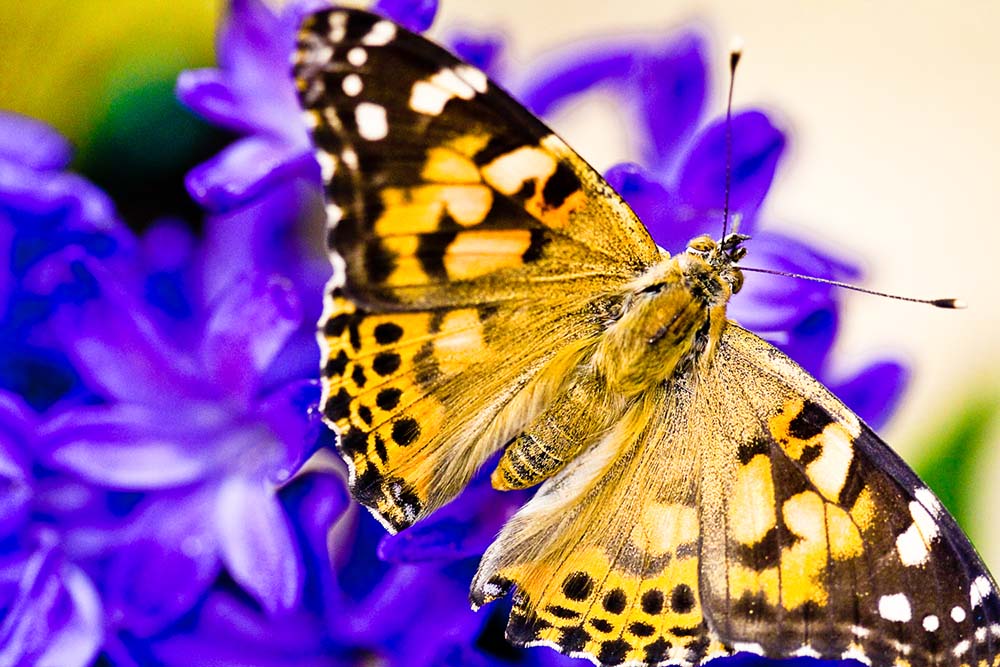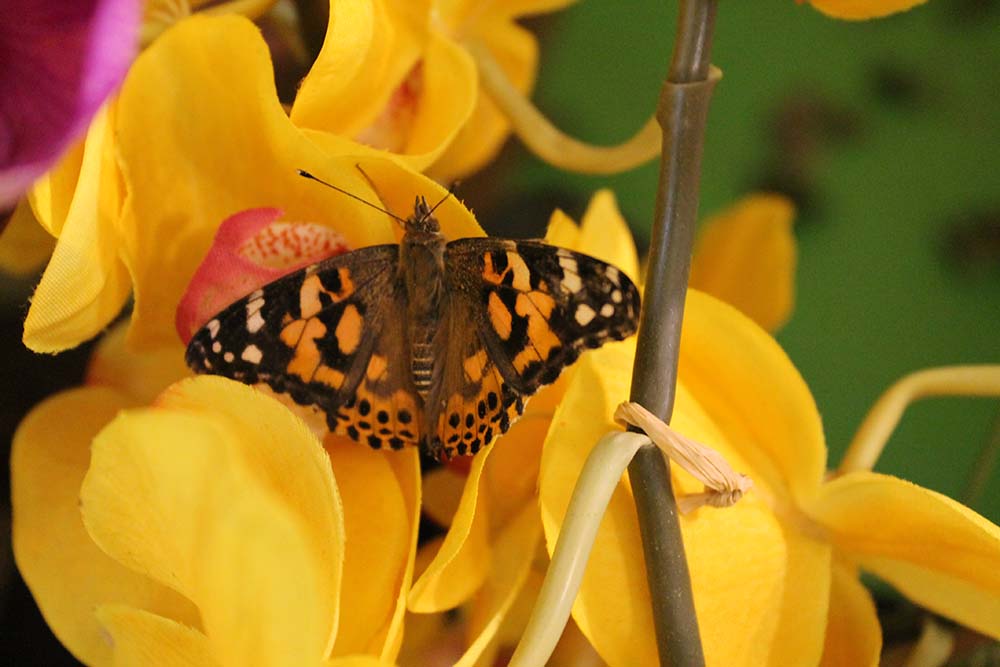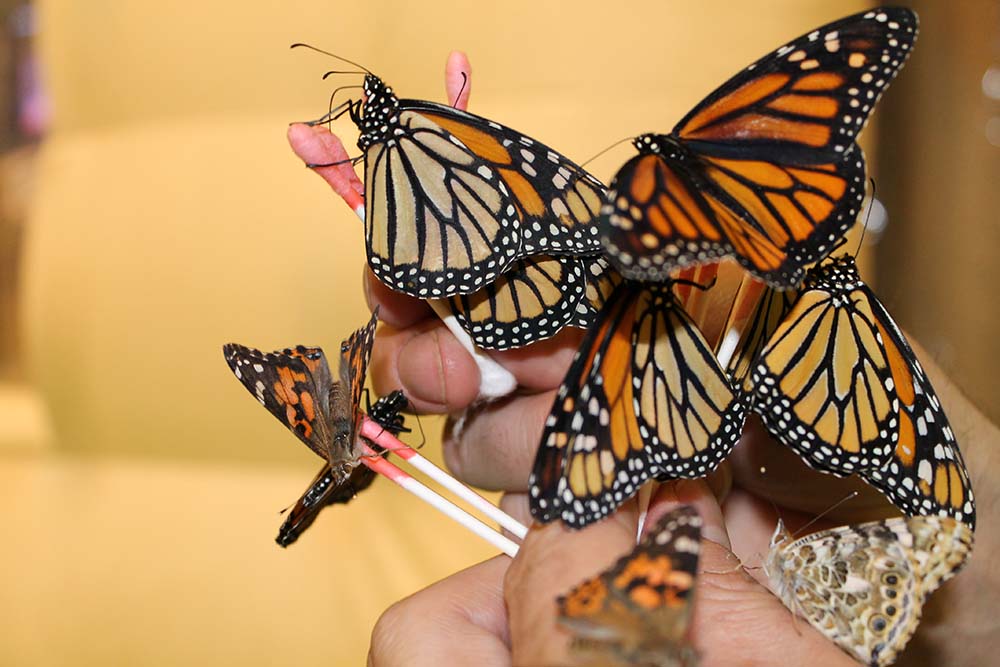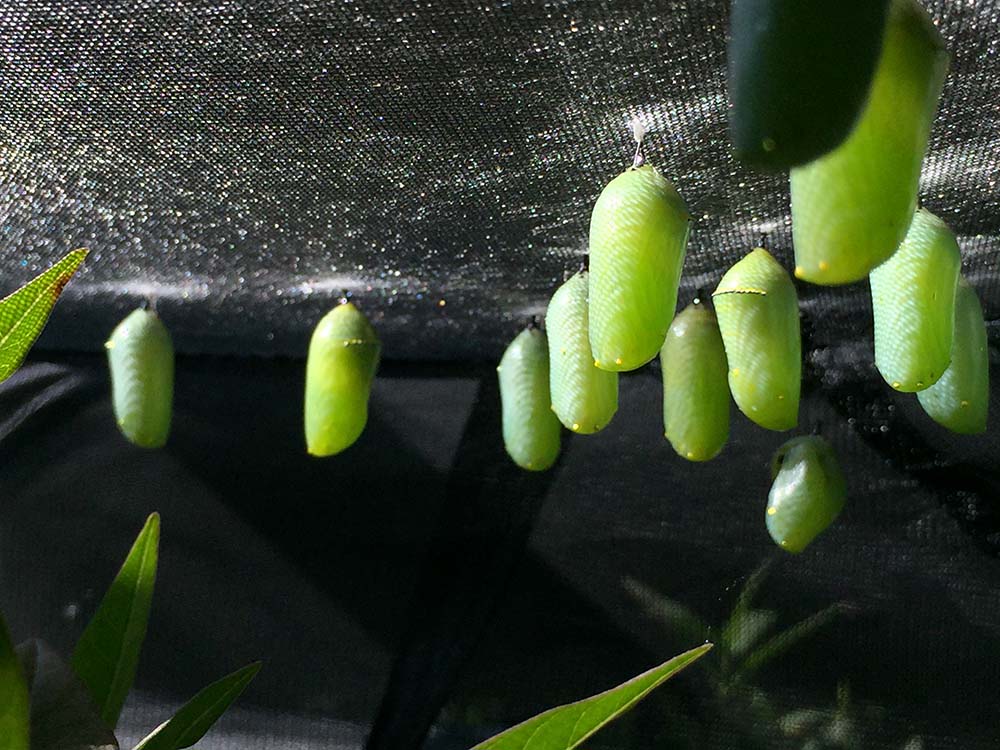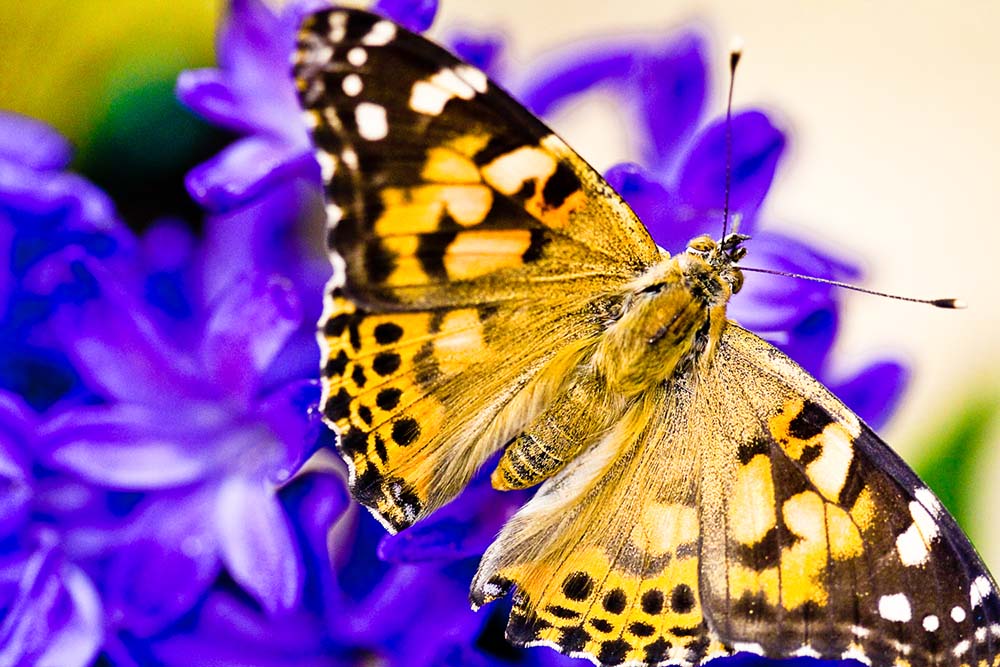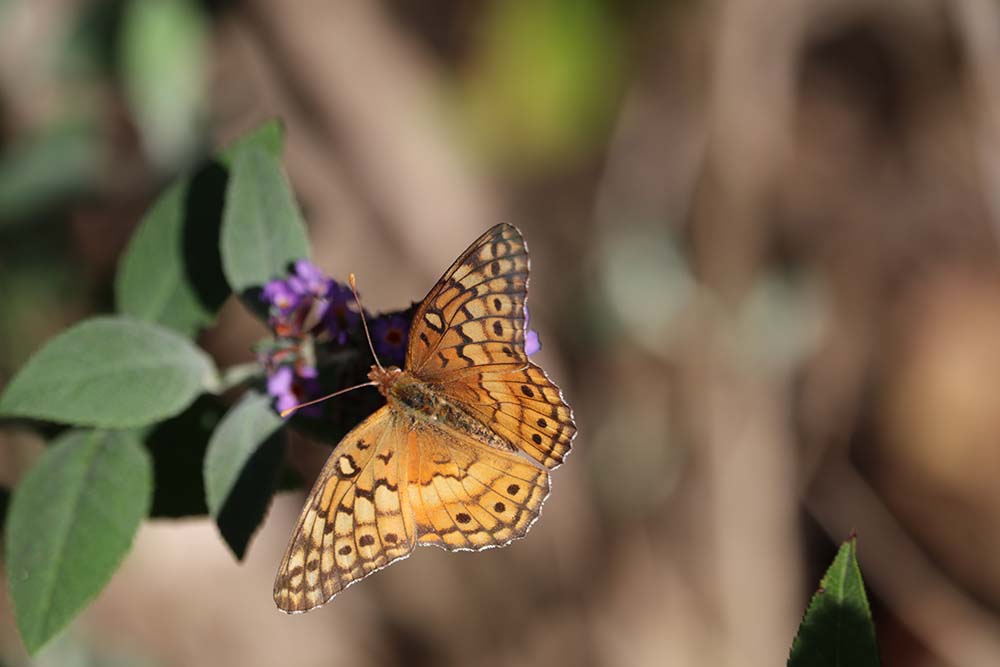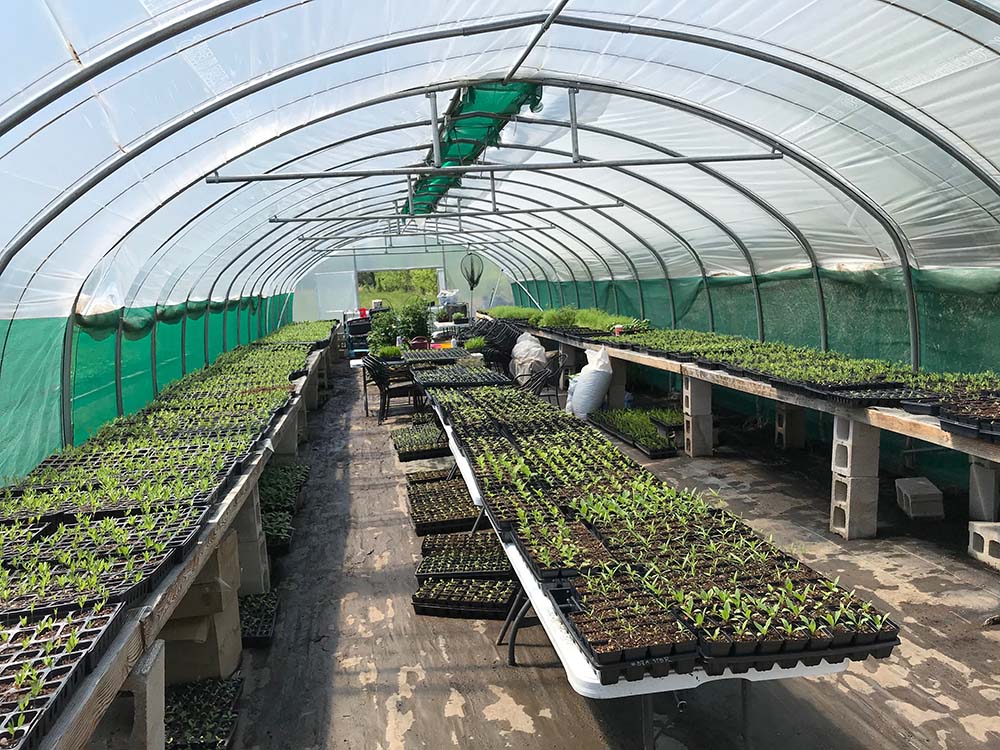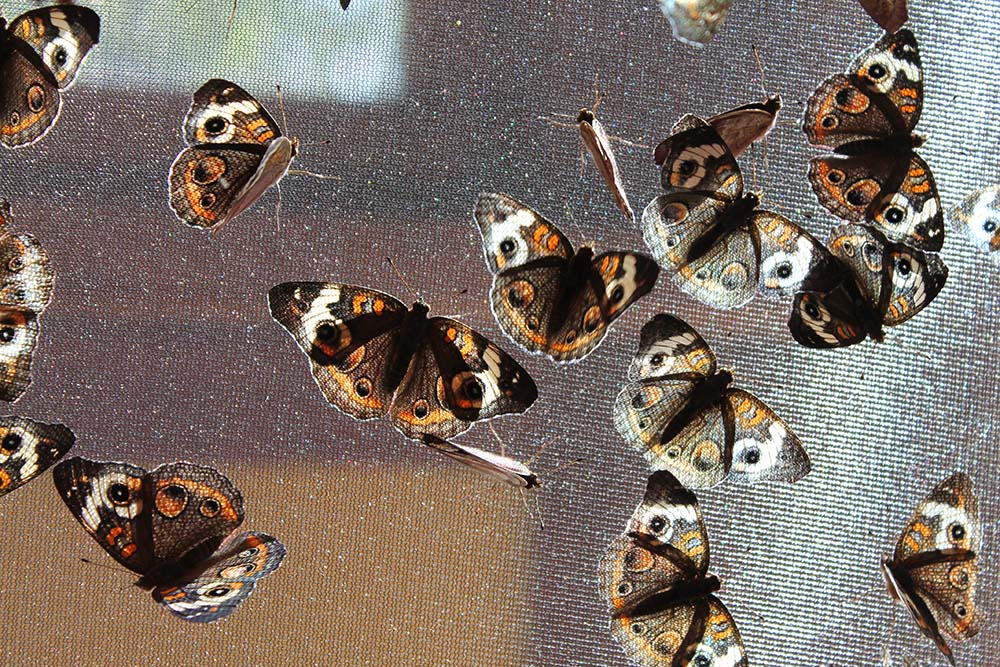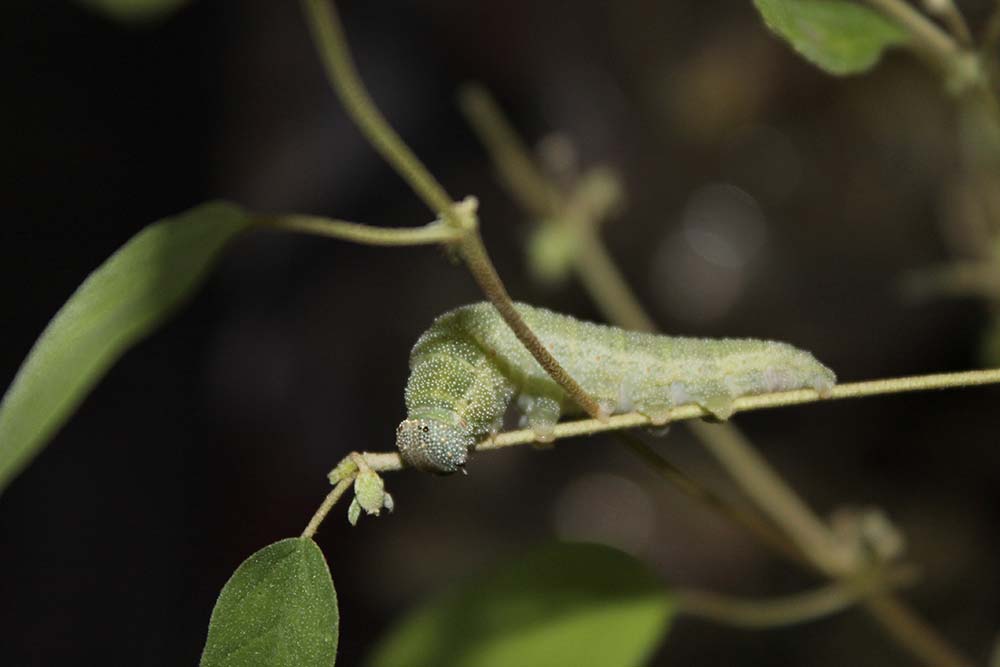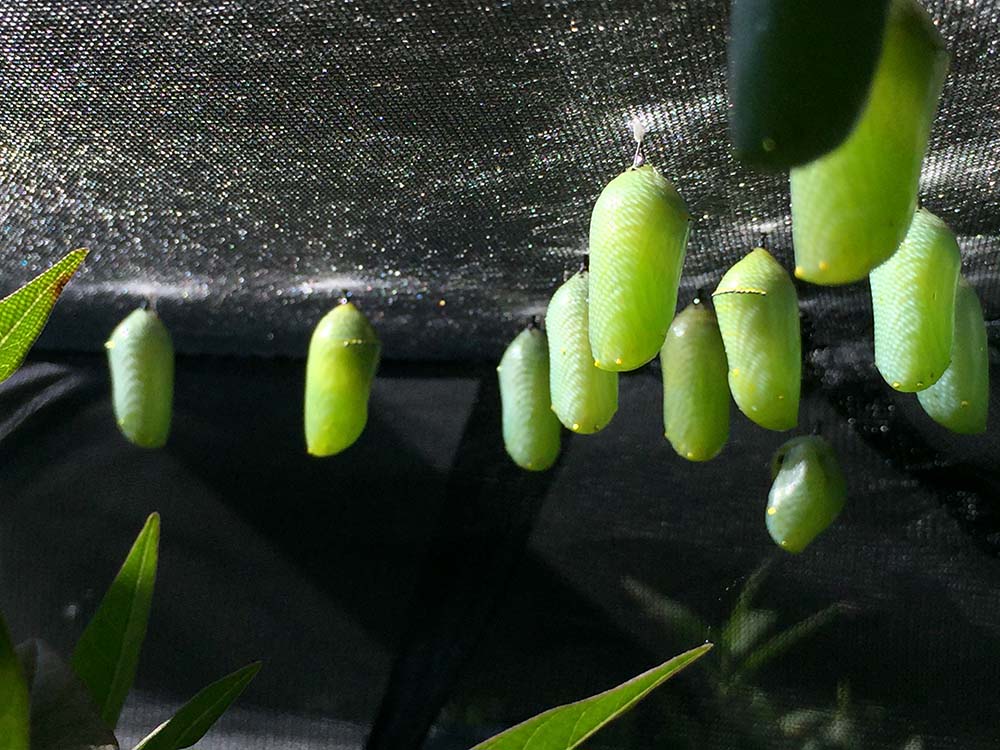Nestled in northeastern Oklahoma, an unforgettable, almost magical farm cultivates and cares for some of nature’s most beautiful creatures – butterflies.
The Euchee Butterfly Farm just outside Bixby does more than care for these captivating insects; it makes an ecological and economic impact on the state.
“As a butterfly farm, our main goal is to raise healthy, disease-free butterflies that can go to exhibits all over the country to inspire people about the need to protect habitats for butterflies and other threatened pollinators,” says Jane Breckinridge, owner and director of the farm. “That’s just the tip of the iceberg for us. The farm is about harnessing the power of butterflies to change people’s lives and make the world a better place for all of us to live in, including our four-legged, six-legged and eight-legged friends in the animal kingdom.”
The farm’s mission takes many forms: educational outreach to children, youth and adults; growing the wildflowers and milkweed needed for habitat restoration; and providing eco-friendly employment.
Breckinridge and her husband, David Bohlken, operate the farm on 160 acres deeded in 1899 to Neosho Brown Maxey, a Euchee woman and Breckinridge’s great-grandmother. The allotment was part of compensation given to Muscogee (Creek) Nation citizens after their lands were forcibly taken away during the dissolution of Indian Territory to make Oklahoma a state. Maxey’s father, S.W. Brown, was chief of the Euchee tribe, and her mother was Creek.
Breckinridge sees butterflies as ambassadors for Indian Country. The Tribal Environmental Action for Monarchs – a partnership of the Muscogee (Creek), Chickasaw, Seminole, Osage, Citizen Potawatomi, Eastern Shawnee and Miami tribes – restores monarch habitats on tribal lands around the state.
“The butterflies are a beautiful symbol and reminder of our historic cultural connection to the land, and the many ways that we are working to preserve it,” she says.
In 2013, the farm launched the Natives Raising Natives Project, which trains citizens of the Muscogee (Creek) Nation to become butterfly farmers. The program provides the start-up materials and ongoing technical support to raise and sell butterflies. This unique kind of farming accounts for more than $70 million in sales annually in the United States and creates economic self-sufficiency for tribal members, Breckinridge says.
The project is also a hands-on educational tool for engaging Native American youth. Native people are under-represented at the university level and in science, technology, engineering and math; the project appeals to young learners through family-centric butterfly farming.
It’s also meant to increase appreciation for Oklahoma’s native butterflies and to build awareness about protecting threatened species and the fragile ecosystems supporting them. The farm harbors monarchs, painted ladies, buckeyes, red spotted purples, goatweed leafwings and pipevine swallowtails, among others.
To learn more about the farm or support conservation and educational efforts, visit nativebutterflies.org or butterflylearningcenter.org.











